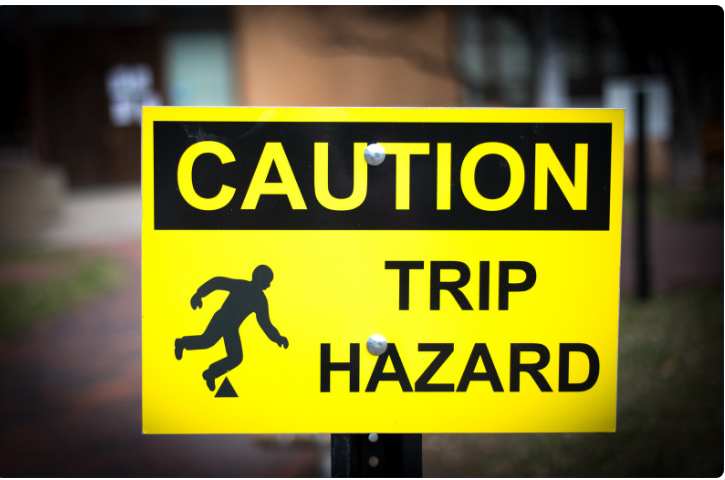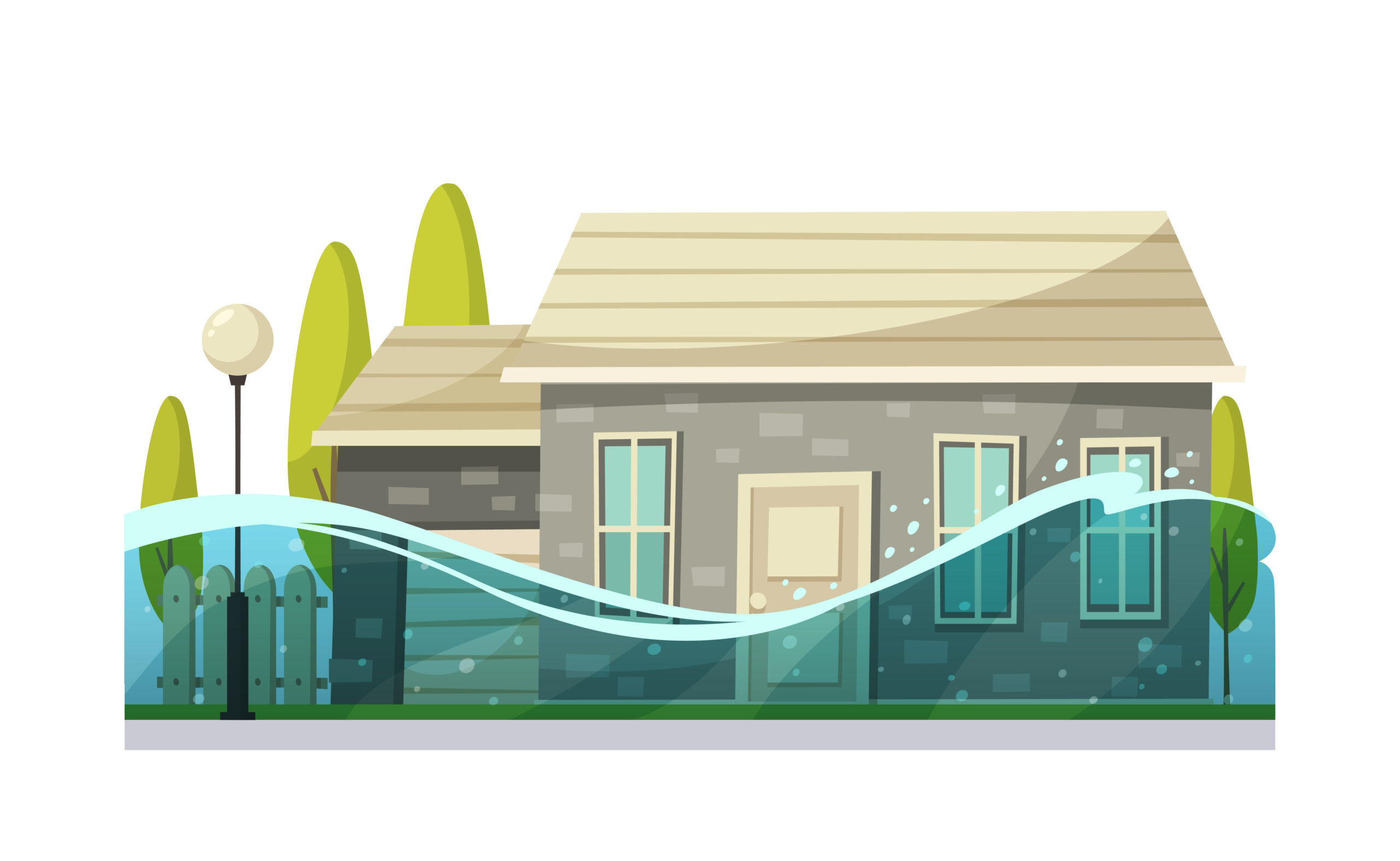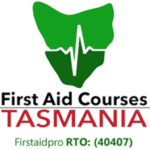Identifying workplace hazards will help both the business and the workers to eliminate and prevent accidents, injuries, property damage and downtime.
What Defines A Hazard?
As per definition, a hazard is any source of potential damage, harm, or adverse health effects on people, property, and even the environment,
Hazards are a different thing from risks. While the former refers to any source of potential damage or harm, the latter suggests the probability or likelihood of acquiring an injury or developing a disease (whereas hazards are the “agents” responsible).
There are general safety hazards at work, such as slips, trips, and falls. Both the business and its employees are responsible for everyone’s safety. The management should conduct regular assessments to identify unique risks and hazards, and workers should follow workplace guidelines and policies.
6 Common Workplace Hazards
Here are common workplace hazards to watch out for.
1. Safety Hazards
Hazards relating to safety are the most common workplace risks and are usually the cause of creating unsafe working conditions. Exposed electrical wiring or damaged floorings resulting in tripping accidents fall under this category.
2. Biological Hazards
Biological hazards refer to any substance that can bring harm to workers. These include exposure and contact with viruses, bacteria, insect bites, and animals (etc.), resulting in adverse health impacts.
Other common biological hazards are mould, harmful plants, sewage, dust, vermin, blood, and other bodily fluids.
This type of workplace hazard can be found mostly in schools, daycare facilities, universities, hospitals, laboratories, nursing homes, and other outdoor occupations.
3. Physical Hazards
Despite its name, physical hazards are not always something that is visible to the eyes or can be touched. In fact, this type might be the least obvious than the rest.
Physical hazards are environmental factors that can harm the body without necessarily being in contact with it.
Common physical hazards include height risks, noise, radiation, pressure, high exposure to sunlight or ultraviolet rays, gases, and temperature extremes.
4. Ergonomic Hazards
Ergonomic hazards are mostly a result of physical factors resulting in Musculoskeletal injuries (MSDs). These include poor workstation setup, bad posture when sitting and standing, and improper manual handling.
5. Chemical Hazards
Chemical hazards mainly threaten workers dealing with dangerous solvents, liquids, or flammable gases.
Workers who are most likely to be exposed or affected by these hazards work in engineering, cleaning facilities, and other field-based occupations.
Exposure and being in contact with harmful chemicals can lead to skin irritation, breathing difficulties, severe allergic reactions, and in extreme cases, death.
6. Psychosocial Hazards
Psychosocial hazards refer to a situation where they can negatively impact a worker’s mental health and well-being. For example, deadlines, hectic schedules, work stress, sexual harassment, and workplace violence.
Ways To Manage Hazards In Your Workplace
Businesses that neglect their responsibility to protect their employees could face financial and custodial penalties. Therefore, it is essential to put a priority on workers’ safety, and the best way to do that is to manage all workplace hazards by doing the following:
- Conducting a risk assessment for the nature of work to identify existing and potential hazards.
- Introduce appropriate control measures following the risk assessment to try and eliminate the identified hazards.
- Provide appropriate training to all employees, such as First Aid training, in addition to training for specific duties and workplace hazards.
Takeaway
Identifying workplace hazards is a process used to assess potential material, activity, or environment that can inflict harm to workers. Addressing these common types of hazards and providing the right treatment could protect both the business and employees and avoid any life-threatening accidents.
Taking the next steps towards workplace safety? First Aid Course Tasmania is here to help. All our first aid courses are designed to suit any specific industry that needs health and safety training.








